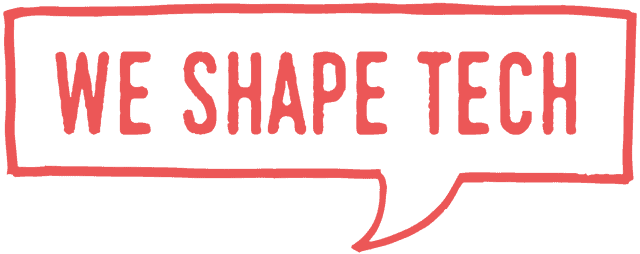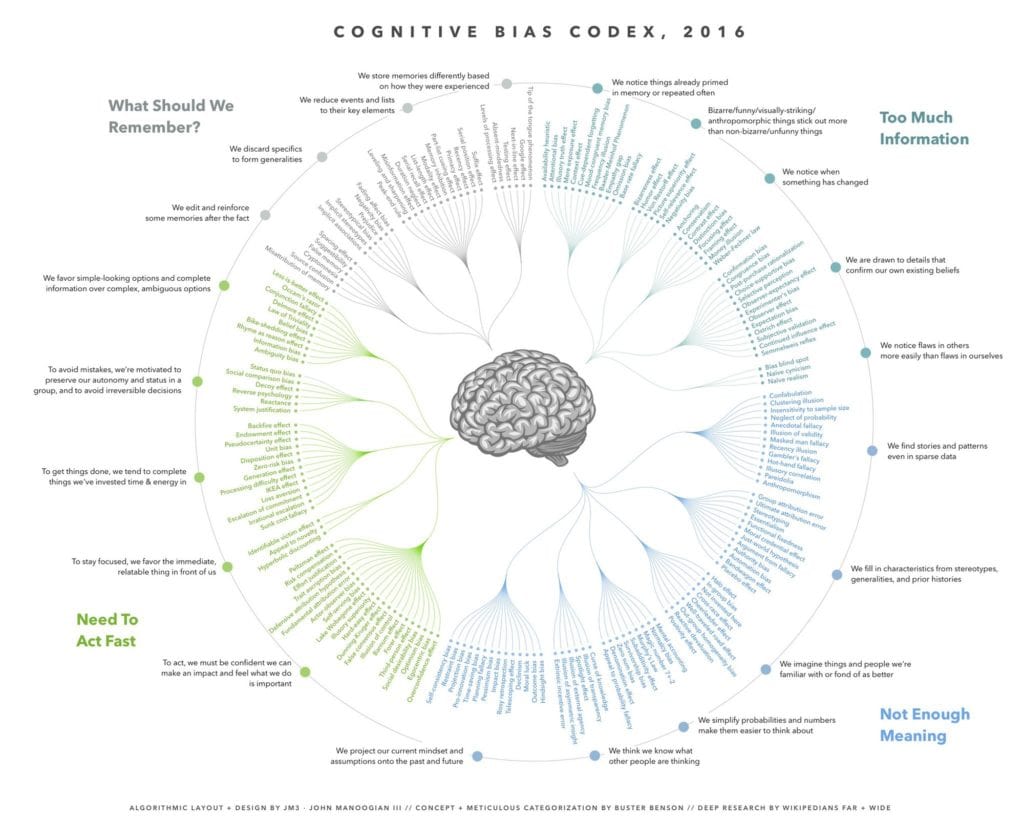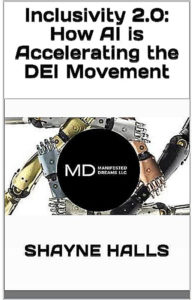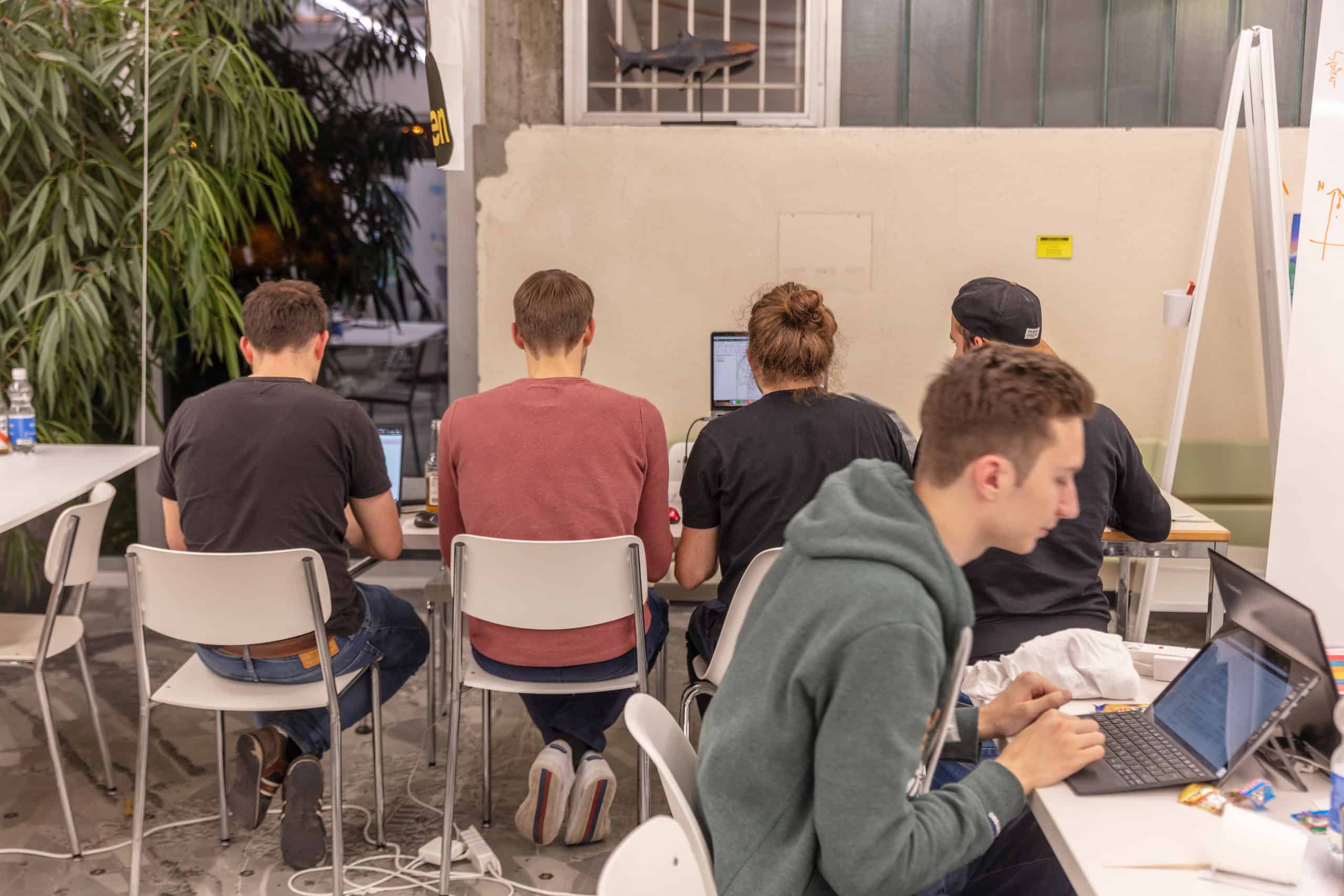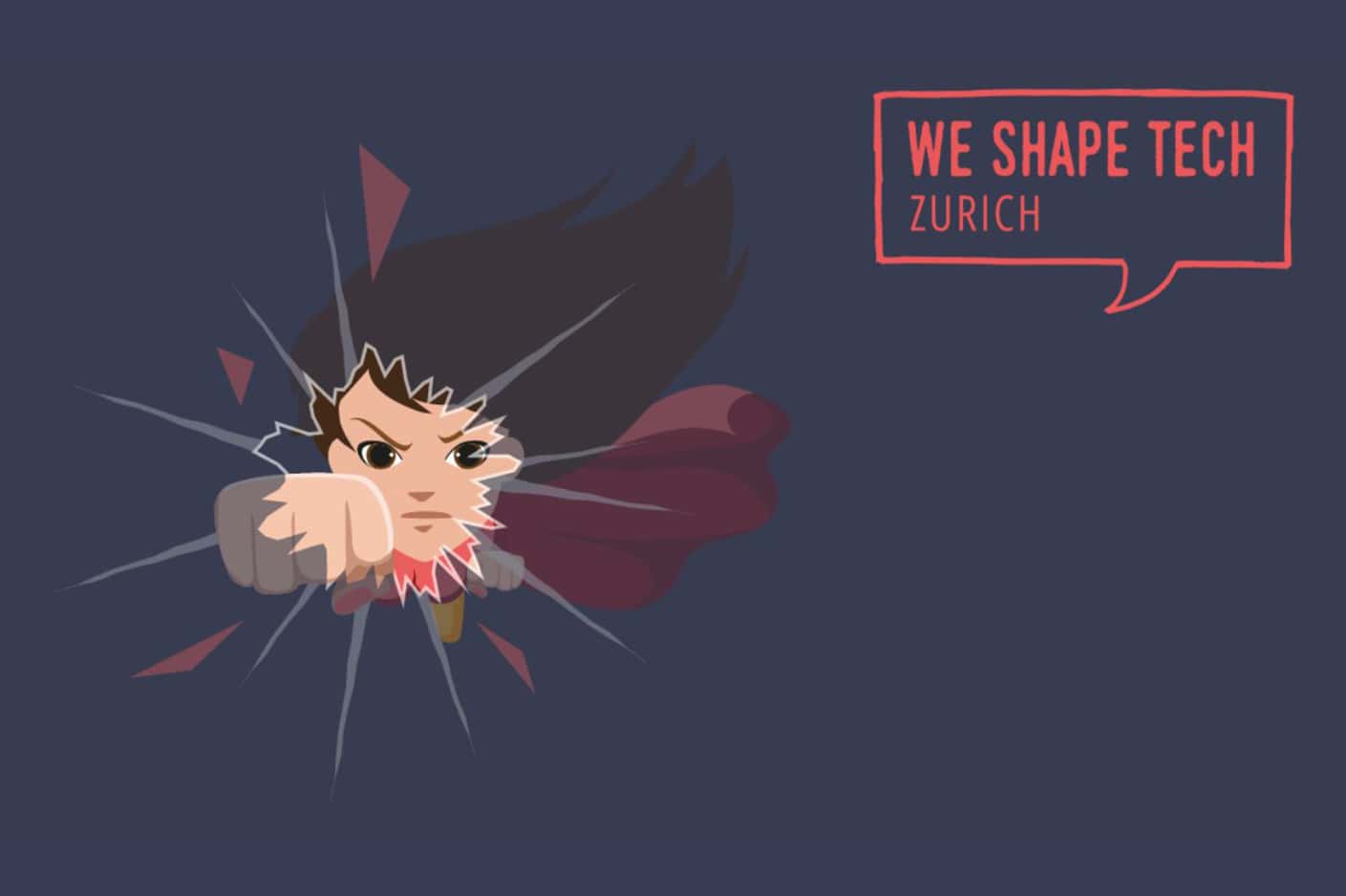Today, 08 March, we celebrate International Women’s Day 2022 with the motto #BreakTheBias. But to be able to break the bias, you first need to know about the bias. We’ll try to shed some light on the topic to help you #BreakTheBias. |
“A cognitive bias is a systematic pattern of deviation from norm or rationality in judgment. Individuals create their own “subjective reality” from their perception of the input. An individual’s construction of reality, not the objective input, may dictate their behavior in the world. Thus, cognitive biases may sometimes lead to perceptual distortion, inaccurate judgment, illogical interpretation, or what is broadly called irrationality.” We couldn’t put it better than Wikipedia.
This might seem seriously aberrant, but biases can help humans find commonalities and shortcuts to assist in the navigation of common situations in life. But just as it is with data, if the input forming a bias is errant, you end up with what we call “garbage in, garbage out”. So let’s take a closer look at why our brains end up tricking us into socially unhealthy biases.
The Brain
Your Lying Mind
Science suggests we’re hardwired to delude ourselves. The brain would tell you “I mean well”. The flood of conscious and unconscious information crashing to the brain every second is overwhelming.
No matter how much we might not want to admit it, unconscious biases influence a vast majority of our decisions. This is due to the fact that our brains can consciously process 40 pieces of information per second — while we unconsciously process 11 million pieces.
There is no time, not enough energy to spare, way too much to do and ultimately survival to ensure. The brain needs to be super-efficient, make decisions in a split-second and move on to the next task, question or analysis. And what helps the brain to fast-track all that efficiently, are biases or what we in this context sometimes call intuitions.
This efficiency comes at a cost though: we make (un-)concious decisions that might end up hurting us or others.
Check out the book recommendation we posted a while ago Thinking, Slow and Fast about Daniel Kahneman and Amos Tversky’s work which will take you on a groundbreaking tour of the mind and explain the two systems that drive the way we think. Kahneman reveals where we can and cannot trust our intuitions and how we can tap into the benefits of slow thinking.
The Brain's Attempt to Simplify Information Processing
Facing a constant flood of information, the mind tries to simplify the information in order to process it faster. The effect is one you might know if you have ever been in a sitation where you were required to make split-second decisions, i.e. while driving your car and having something unexpected happening. In situations of life-and-death that ability to act “intuitively” might well save your life. In other cases, it might deprive you of an amazing experience, a smoother career path or an invaluable life-long friendship.
Breaking down Complexity
To simplify information, the brain needs to break down the complexity of information and that results in 3 main challenges:
Information
Too much to process
limited attention to give
need to filter things out
Noise turns into signal
Danger of filtering out what is useful and important
Meaning
Confused by lack of meaning
limited capacity to understand how things fit together
create stories to make sense of things
Signal ends up being story
Danger of conjuring illusions, imagining details, construct meaning and stories that do not reflect reality or truth
Time
Not enough time, resources or attention to do it all
jumping to conclusions to save time
story becomes decision
Danger of quick but flawed, unfair, self-serving, and counter-productive decisions
Taking Shortcuts Seldom Ends Well
Just like the last story you heard about somebody ending up wildly lost after taking a shortcut, the brain might sabotage you with the efficiency-providing shortcuts it takes in its superspeed decision-making process. Where do things go wrong? It filters information, confabulates stories and jumps to conclusion. And this is how:
Filter
information
- Depend on the context
- Accept what comes to mind
- Amplify the bizarre
- Notice the new and different.
- Seek take-aways
There’s too much information in the universe. We filter it out.
Confabulate
stories
- Fill in gaps
- Favor the familiar
- Treat experience as reality
- Simplify mental math
- Be overconfident
It’s too confusing until we make sense of it by telling a story. This gives us meaning (even if it’s wrong!).
Jump to
conclusions
- Stick with it
- Protect existing beliefs
- Do the safe thing
We jump to conclusions and take actions with what we have.
Source: Buster Benson
Bias - a Blessing and a Curse
As of 2016, a staggering 200 biases have been defined. Not all impact us the same way and at all times. Three of the most important ones when talking diversity are:
Confirmation bias: people’s tendency, when testing a hypothesis they’re inclined to believe, is to seek examples confirming it
Implicit bias aka Unconscious Bias aka Implicit Stereotype: Tendency to attribute positive or negative qualities to a group of individuals; can be fully non-factual or be an abusive generalization of a group
Framing: Tendency to narrow the description of a situation in order to guide to a selected conclusion
To have a closer and quite helpful look at all the biases to filter out what might be relevant to challenge yourself on, we recommend having a look at Buster Benson’s Cognitive Bias Codex 2016, as he actually went to the trouble of grouping the biases and making a nice, non-overwhelming overview.
Cognitive BIas Codex 2016 by Buster Benson
How Sure Are You That You're Not Biased?
By now you must be thinking you got this! You know about bias, understand how the brain works and where the traps lie so surely you can overcome them? Unfortunately, that’s wrong. As the very simple Müller-Lyer Illusion test will prove to you, even knowing doesn’t necessarily change how you “see” it.
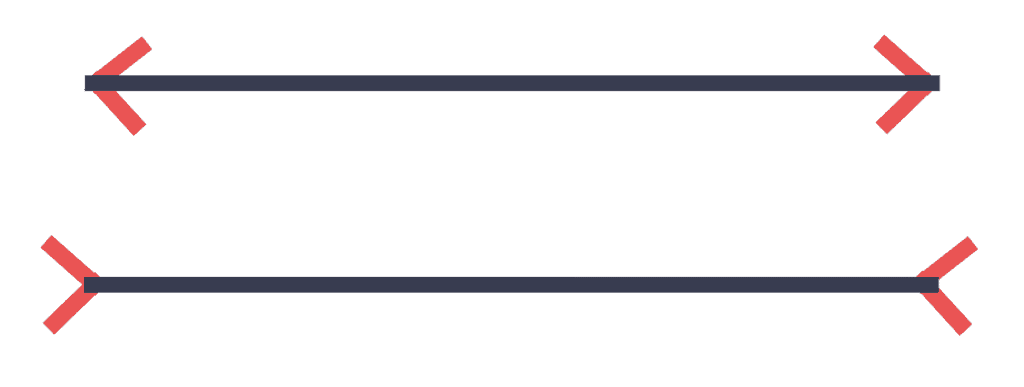
The two dark lines above have the same length. We know because we created the image. But when we look at the two lines, the lower one seems longer. You can measure it and your brain will know for sure, that the two lines have the same length. Then look at it again – but the second line still seems longer, even though you know it’s not.
Being Conscious about Your Unconscious Bias
The take away from the section above is to be very aware that while you know there might be a bias and presumably having eliminated it by knowing and thinking about it, it might still kick in if you’re not careful and putting a little bit more analysis into what you’re “seeing” or believing.
Because biases appear to be so hardwired and inalterable, we tend to pay most of the attention to countering them instead of deailing with the problematic thoughts, judgments, or predictions themselves. Most of the effort has been devoted to changing behavior, in the form of incentives.
Is it really impossible, however, to shed or significantly mitigate one’s biases? From some researchers you’ll get a tentative “yes”, knowing that it might easily be done with optical illusions (“I shouldn’t believe my lying eyes/brain”) as above but extremely difficult with real-world cognitive biases.
The Value of Premortems
One thing you can do to avoid things diminishing your diversity and inclusion progress by letting biases go unchecked, are premortems. Look at your project to break biases or increase diversity and imagine it failed miserably. Then look at why it (imaginarily) did. Which biases would have gotten in the way? Which tools and tips could have helped your staff or yourself to avoid biases that up-ended the project? This way you might approach implementation differently and have much more success, be it a project or just how you let your own biases kick in.
Challenge Your Bias
Having biases in general makes you a very normal person, not necessarily a bad one. Which doesn’t mean, you shouldn’t try to improve 😉
Some biases can be actively challenged, for example the confirmation bias, which might well be the most damaging bias of them all. Instead of seeking confirming information, seek the one disproving it. Or think about what lies behind something you “know”. For example, if you believe women might prefer working full-time or not at all after having a child, ask yourself if there are enough part-time jobs and good enough (afffordable) child care opportunities for her to even have a real choice.
Did you realize, that you have reservations about a specific racial background? Ask yourself where that comes from – an experience, a misunderstanding – and ask yourself how probable it is that one person represents a whole race or population. You yourself are not the same as everybody who lives around you and has presumably the same background.
Consciousness, slowing down to challenge what you think, analyzing it, plus a healthy dose of empahy might well help you overcome your biases.
Step by Step
“Rome wasn’t built in a day” and eliminating your own biases will also not happen overnight. Do not forget we’re talking about a mechanism that seems hardwired and hard to change. So tackle the challenge of eliminating your biases, but the road to success might well be one where you take it step by step.
Decide which is the most toxic or self-sabotaging bias and start with that. Then the next. And the next. Trying to be a miracle worker might end up with you losing motivation or letting the brain trick you into thinking you’ve succeeded because it wants to move on to the next tasks.
Sometimes it really can be summed up to “slow and steady wins the race”. You just need to keep evolving, that’s important.
How to Eliminate Unconscious Bias
Unconscious Bias is such an important one, that we didn’t want to miss out on giving you tips on how you can eliminate it.
Learn about Unconscious Biases
Read about unconscious bias and how to recognize it. Awareness allows to recognize that everyone possesses them and to identify your own. Once you’ve identified your own, you’re ready to find ways of eliminating your own unconscious bias.
Explore Which Biases Are Most Likely to Affect You
Harvard’s Implicit Association Test can help you assess which of your individual perceptions are most likely to be governed by unconscious biases. Armed with that Once you know, you can take proactive steps to address.
Assess Where Biases Affect Your Company
Hiring, firing, promotions, raises and work allocation are among the things that tend to be biased in a company. By understanding where bias is at work, you can take steps to ensure consideration of them when important decisions are made.
Modernize Your Hiring Process
Studies have shown that wordings in job descriptions can discourage women from applying for certain positions. So re-work that description with this in mind and you’ll benefit from a much wider pool of applicants.
To ensure that interviews don’t lead to bad hiring decisions, thnk about introducing a standardized interview process.
Look at the experience first when reviewing applications. That part tends to be less colored by things that make your bias kick in.
If you’re in HR, think about ways of “neutralizing” (no name, race, gender) applications before handing them to business partners. This can help them to hire on merit alone.
Diversify the pool of people interviewing new potential hires to avoid homogenous workers.
Diversify Your Management Team
Seeing is believing and if your management team consist of all white males, your staff will never believe you take diversity seriously and the company will benefit from more voices and backgrounds. It also makes hiding more difficult for biased managers.
Encourage Speaking Up
Shape your culture for people to feel safe to speak up. Speaking up and calling out people that behave biased is a very important step in eliminating bias and it will also make for a more open and happier workplace.
Find ways to hold people accountable that are acting based on unconscious bias.
Implement a healthy feedback culture, e.g. with the radical candor approach (Caring Personally while Challenging Directly), which will help you in more than just the elimination of bias.
Set Goals
There are a number of reasons why a company should create a more diverse workplace. Walk the talk and set actual diversity and inclusion goals that employees are measured by.
Do provide trainings and tools for employees to understand and have ways to succeed in these goals.
About feedback culture: don’t miss out on our podcast tip on radical candor and our book tip about the unusual culture at Netflix, which is based among other things on “feedback anytime, anywhere”.
Are you ready to #BreakTheBias?
Are you looking for ways to celebrate today’s International Women’s Day or get more tips? Check out our previous posts.
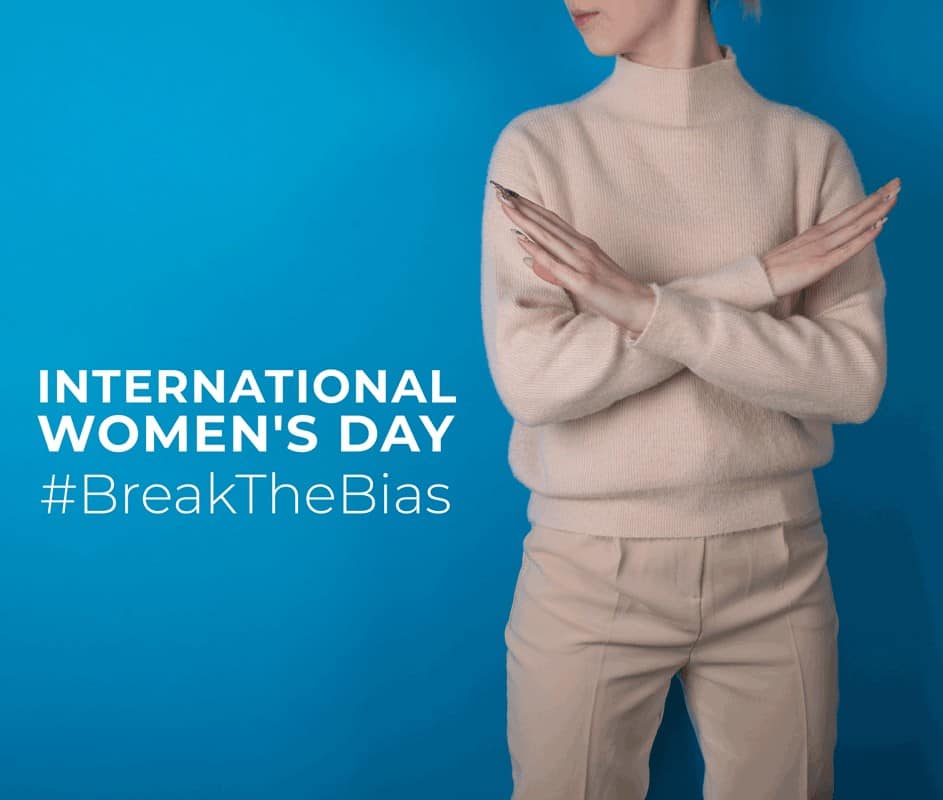
Here’s a post with helpful resources to celebrate International Women’s Day 2022, including images for social media posts, materials for selfies, Zoom backgrounds and resources for children.

Here’s a post outlining 12 Steps for Gender Equality.
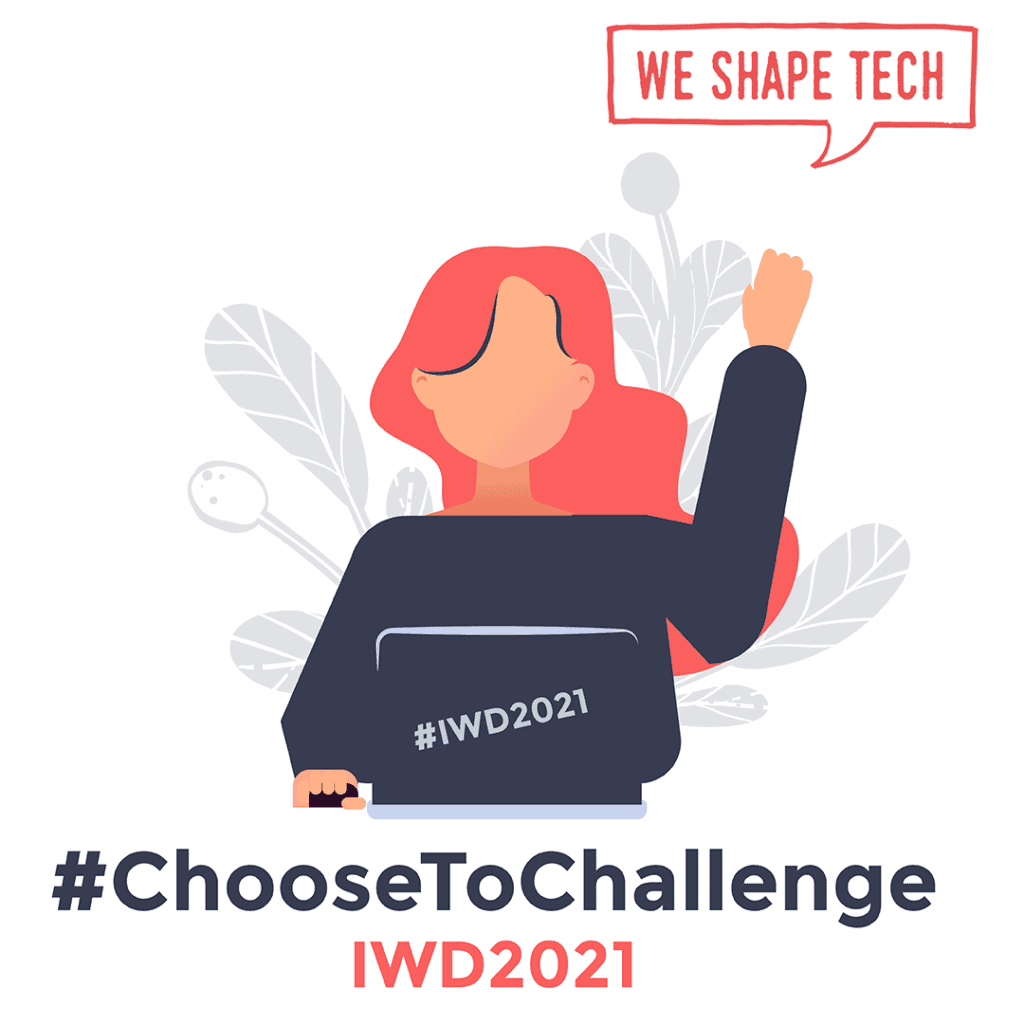
Here’s a post about IWD 2021 where you can also enter Equiterra, a fictual place to show you what a world with gender equality looks like.

